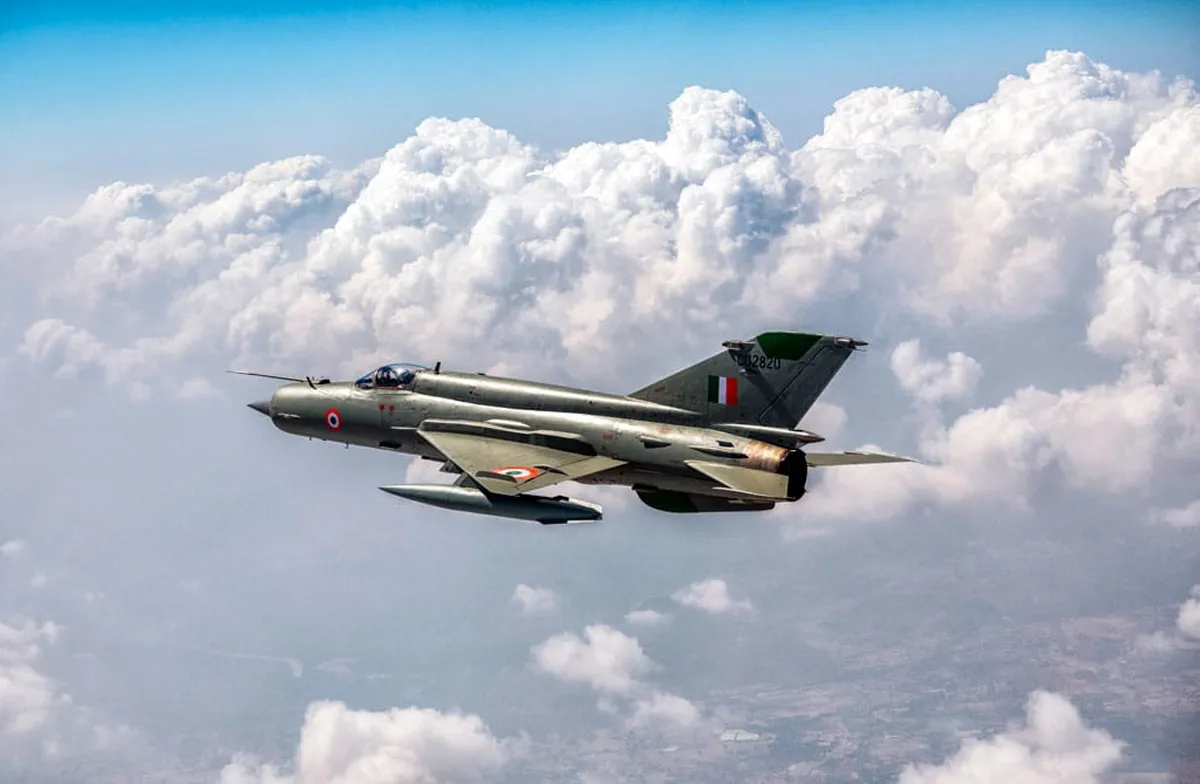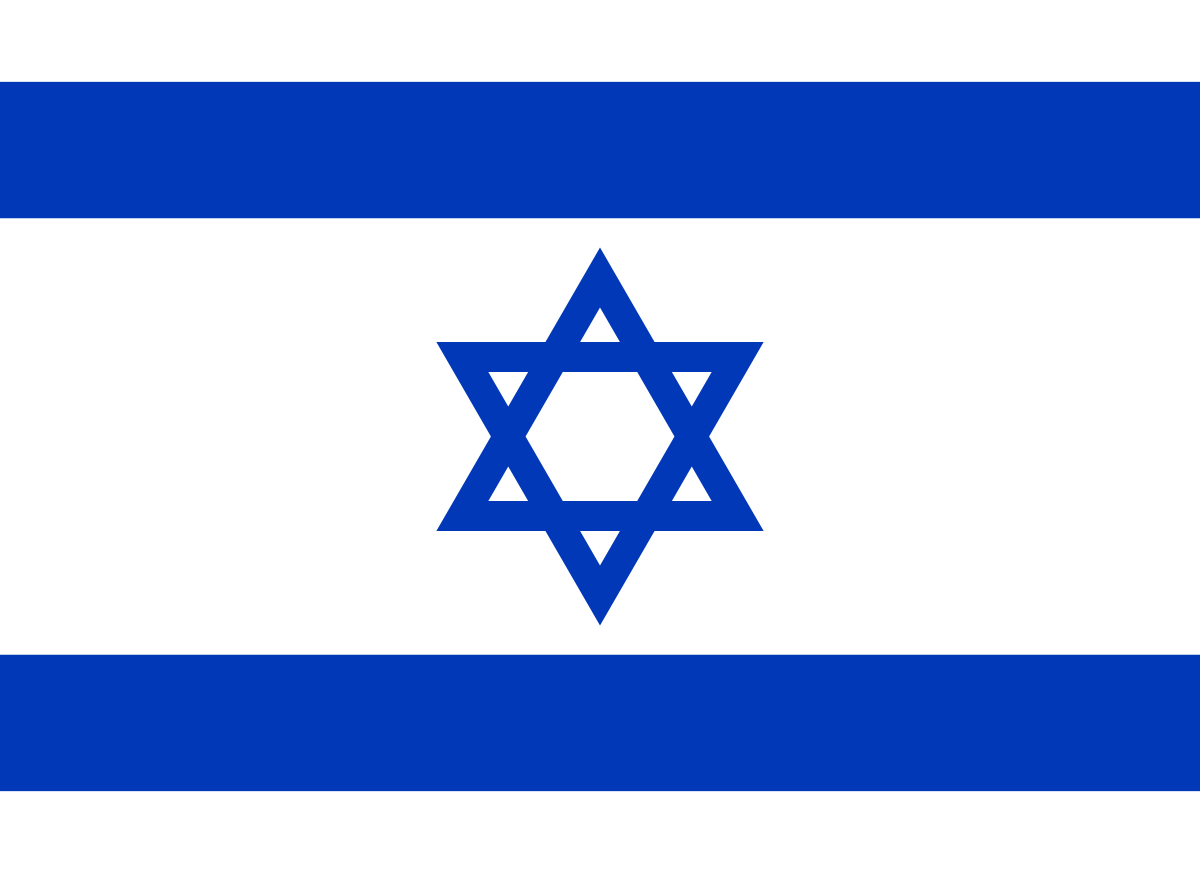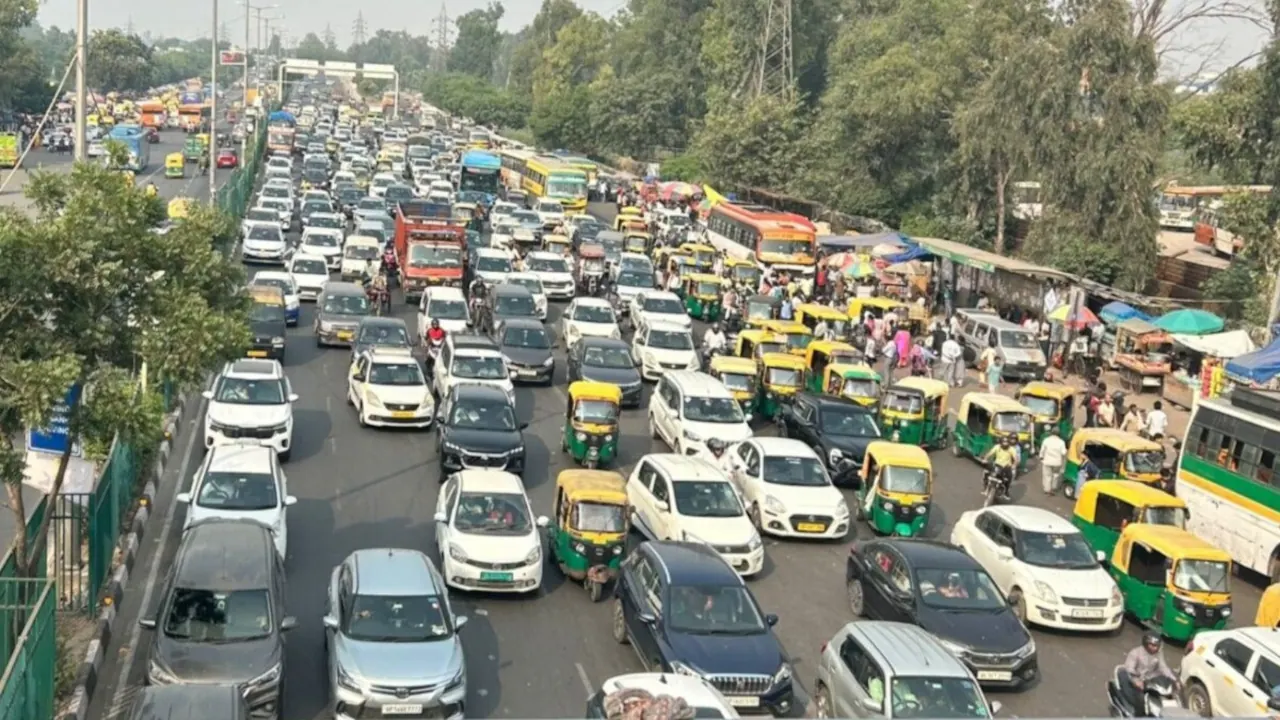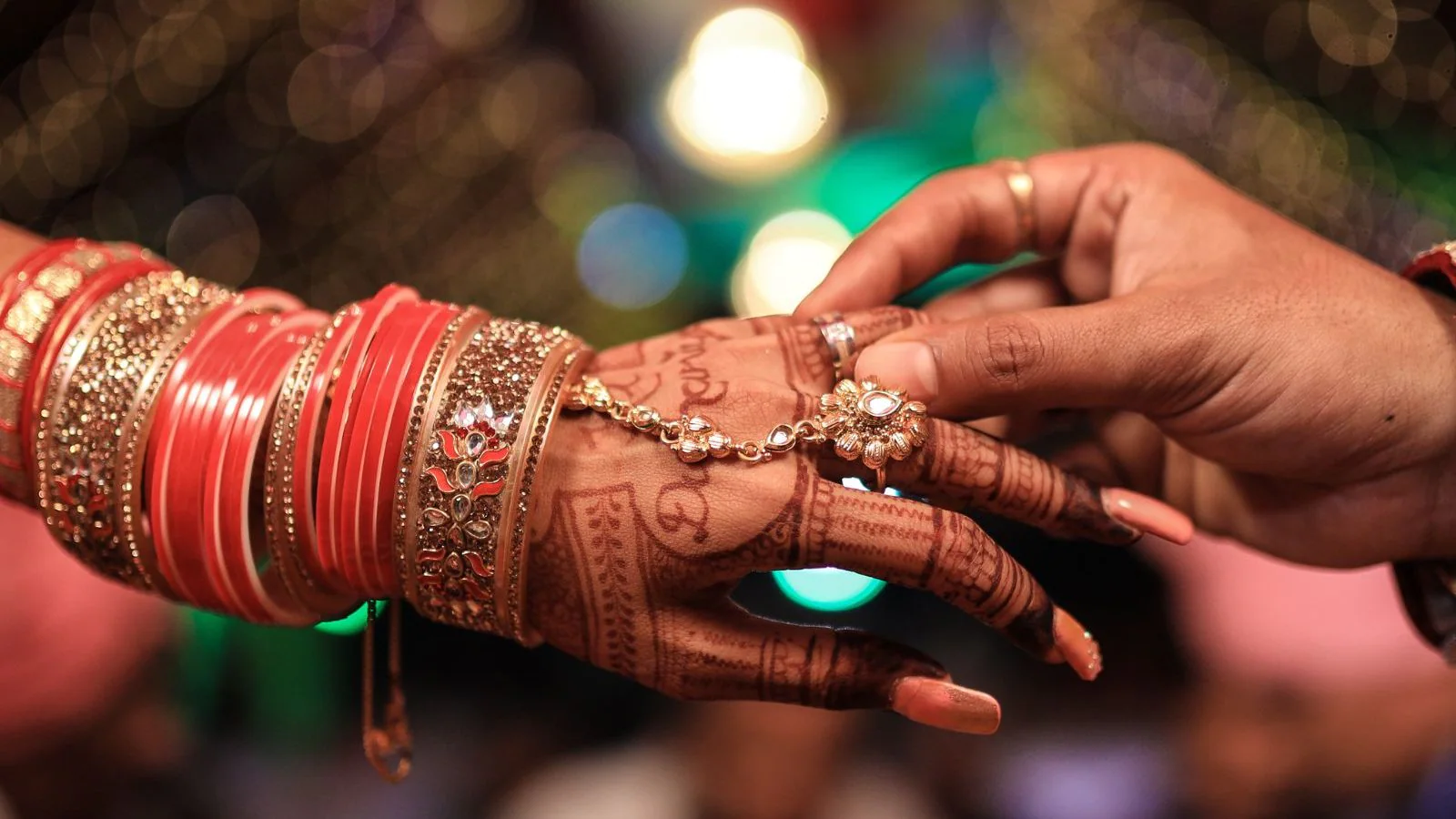The Nightingale has taken flight,
Free from the confines
Of physical spaces;
To soar beyond the Universe,
And become forever
A Celestial being:
Omnipresent across Time –
Through her music.
As a mark of respect to legendary singer Lata Mangeshkar, the government has declared two days of national mourning with the national tricolor flying at half-mast at all public / government buildings and no public functions across the country.
Playback singer, actor and film-producer Lata Mangeshkar, died on Sunday, February 6, at 8 am at the Breach Candy Hospital in Mumbai, India, after a 28-day-long battle, following multiple organ failure, aggravated by the Covid virus and her advanced age. She was 92.
Later in the evening her body was consigned to flames at the Shivaji Park cremation grounds, in Dadar, Mumbai with full state honours. Among those that attended her funeral were Prime Minister Narendra Modi, Maharashtra Chief Minister Udhav Thackeray, and Bollywood celebrities Shah Rukh Khan and Ranbir Kapoor among others.
As a mark of respect to the legendary singer Lata Mangeshkar, the government has declared two days of national mourning with the national tricolor flying at half-mast at all public / government buildings and no public functions across the country.
The recipient of several national and international awards, Lata Mangesh was conferred the Bhara Ratna, the country’s highest civilian award (2001), The Legion of Honour, France’s highest decoration (2007) the Padma Vibhushan (1999), the Rajiv Gandhi Award (1997), the Padma Bhushan (1969) four Filmfare Awards in (1959, 1963, 1966 and 1970), The Filmfare Lifetime Achievement Award (1993), Filmfare Special Awards (1994, 2004) and three National Film Awards (1973, 1975, and 1991), the Maharashtra Bhushan Award (1997), the NTR National Award (1999), and the ANR National Award (2009). She was also conferred the Bengal Film Journalists’ Association Award 15 times.
‘Lataji’ or ‘Lata Didi’ as she was fondly known and addressed by her billions of fans across India and the world, had gone far beyond the realm of superlatives decades ago. Indeed, she strode across the capricious and changing landscape of Hindi film music like a colossus for over seven and a half decades, singing over 50,000 songs in 36 languages for over 1000 films.
In the Bollywood film industry where none of the actors sing their own songs, she became the voice of the hundreds of leading ladies. She seamlessly fit the persona of the actresses and their characters, without showing any signs of the often huge age difference between herself and her stars.
Bollywood star Sharmila Tagore, paying tribute to Lata Mangeshkar and her extraordinary voice said: “It’s a legacy of an immeasurable expanse; it is simply limitless. I feel so privileged that she sang for so many of my films. I was just 4 years when I heard her singing a song from the film ‘Mahal’ and I instantly fell in love with her voice”.
Tagore, the mother of film star Saif Ali Khan, spoke about a particular song from ‘Kinara’, a Bollywood film of 1977, starring Jeetendra, Hema Malini and Dharmendra, that aptly defines Lata Mangeshkar, her life and her voice. The song was a duet with singer Bhupendra and the Music Director-composer was RD Burman.
The opening lines of the lyrics written by Gulzar of the song are “Naam gum jayega; Chehra yeh badal jayega, Meri awaz hi pehachaan hai,
Gar yaad rahe”.
I’ve given an English transalation for the benefit of Pravasi’s international readers. Here goes:
“(With Time)
A name may fade away,
A face could change, too,
Then recognise me,
Only by my Voice –
If you still remember me”
Leading lady of yesteryears, Saira Banu, wife of late actor Dilip Kumar, speaking in a voice choked with emotion said: “I am bereft of words. She was more like a younger sister to my late husband, a very dear family friend and a frequent visitor to our home, where we’d spend hours laughing and chatting. As a measure of their deep love and affection, they would invariably feed each other a morsel of food.
Saira Bano recalls that when Mangeshkar became the first-ever Indian artist to perform live at London’s iconic Royal Albert Hall, in 1974, Dilip Kumar, had introduced her to the audience as “my very dear, younger sister, Lata”.
Interviewing her live once, TV Talk show personality Rajeev Masand said: “Her voice sweeps across India and cuts across borders”. Lata Mangeshkar had mentioned in that interview that Music Director Master Ghulam Haider made her go over a song from the 1949 hit film ‘Mahal’, starring Ashok Kumar and Madhubala, 28 times before he was fully satisfied.
The recipient of several national and international awards, Lata Mangesh was conferred the Bhara Ratna, the country’s highest civilian award (2001), The Legion of Honour, France’s highest decoration (2007) the Padma Vibhushan (1999), the Rajiv Gandhi Award (1997), the Padma Bhushan (1969) four Filmfare Awards in (1959, 1963, 1966 and 1970), The Filmfare Lifetime Achievement Award (1993), Filmfare Special Awards (1994, 2004) and three National Film Awards (1973, 1975, and 1991), the Maharashtra Bhushan Award (1997), the NTR National Award (1999), and the ANR National Award (2009). She was also conferred the Bengal Film Journalists’ Association Award 15 times.
“Sound and recording technology were rather backward in those days and the music director wanted to give the ‘ghostly sound’ of a singer’s voice coming from afar and gradually getting closer and closer. The only way to get that effect was for me to walk and sing as I approached the mike, placed about 6-7 feet away” Lata Mangeshkar recalled. “And that turned out to be quite an exercise”.
That song “Ayega, ayega, ayega; Ayega aaneywallah, Ayega” became a breakthrough hit for Lata Mangeshkar and established her presence in the Hindi film industry. Soon afterwards, Raj Kapoor signed her on for the movie “Barsaat’. Both the film and all its songs turned out to be a superhit. Now there was no looking back; Lata Mangeshkar had arrived and the rush by film producers and music directors to grab her for their films had begun
A prediction made by Master Ghulam Haider a couple of years earlier, had finally come true. When He introduced Lata to producer Sashadhar Mukherjee, then working on the film Shaheed in 1948, Mukherjee dismissed Lata’s voice as “too thin”. An annoyed Haider responded that in coming years, producers and directors would “fall at Lata’s feet” and “beg her” to sing in their movies.
Shankar M, another singer in his tribute said: “she was an integral part of India. I don’t think we can imagine an India without this voice”.
Actor Raza Murad said: “She wasn’t just a singer. She was the Goddess of Music. It is difficult to talk of her in the past tense; she is immortal.
Rajdeep Sardesai of the India Today channel said the best tribute paid to Lata Mangeshkar was by Javed Akhtar years ago when he had said: “There is only one Taj Mahal and only one Lata Mangeshkar in the world”.
Sardesai recalled that Lataji had an equally enduring passion and love for the game of cricket. When Kapil Dev’s team won the World Cup at Lords, England, in 1983 beating reigning champions, the West Indies, the Indian government presented the winning side a cheque of
Rs. 20,000.
But Mangeshkar felt that something more had to be done. She held a concert and presented its proceeds – a sum of Rs 20 lakhs or Rs 2 million, to Kapil and his boys. She had permanent reservation for seats at Lords, England. As a befitting tribute to the singer, the Under 19 World Cup team wore black for their Sunday match.
The BBC newsreader said: “If Bollywood was the soul of India, then Lata Mangeshkar was its beating heart”. She recalled how a 1963 song of Lata Mangeshkar had brought tears to the eyes late Jawaharlal Nehru, India’s first Prime Minister
She was referring to Lata’s song “Aye mere watan ke logon, zara aankh mein bhar lo paani, Jo saheed huey hai unki, zara yaad karo qurbani”, sung as a tribute to the soldiers who lost their lives in the Indo-China conflict of 1962.
Speaking to Prabhu Chawla in a 2005 in a Television interview she had remarked: “I think after Nehru, a lot a politicians came to my public functions, sat in the front row and shed a few tears whenever I sang that particular song, only because they wanted to be in the news the next day”.
Oscar-winning music director AR Rahman said: “She was a singer who preserved the culture of India”. Lata Mangeshkar had sung in four of Rahman’s films including ‘Lagaan’ and ‘Dil Se’
Background
Lata Mangeshkar, the eldest of five siblings, was born on September 28, 1929 in Indore, Madhya Pradesh. Her father Deenanath Mangeshkar, a musician, ran a theatre company, and her mother Shevanti was a housewife..
Deenanath did not live long enough. Lata was 13 when her father expired following a heart attack. Like herself, Lata’s four surviving siblings – Meena, Asha, Usha and Hridayanath, are all accomplished musicians.
Lata was first named ‘Hema’ but that was later changed to ‘Lata’ after a female character ‘Latika’ from one of her father’s plays “Bhav Bandhan”. Lata had once revealed on a TV live show, that her father had taken the surname ‘Mangeshkar’ because her paternal grandparents hailed from a town Mangueshi, in Goa.
When she was 5 years, Lata Mangeshkar started acting and singing in the musical dramas of her father. The death of her father when she was 13, was a setback for the family. By 1945, Lata Mangeshkar moved to Mumbai, Bombay as it was then called, along with the rest of her family in search of better prospects. She started taking music lessons in Classical Indian music from her guru Ustad Aman Ali Khan.
As a Marathi speaker, Lata Mangeshkar’s language skills in Hindi and Urdu were not good at all. She knew that to break into Hindi films as a playback singer, she had to polish her skills in both languages and immediately stated taking lessons in Urdu and Hindi.
During her time she sang the songs of the topmost composer and music director, including Anil Biswas, Salil Chaudhary, Naushad Ali, SD Burman, his son RD Burman, C. Ramchandra, Hemant Kumar, Roshan, the duos Kalyanji-Anandji, Shankar-Jaikishan and Laxmikant-Pyarelal, Vasant Desai, and Madan Mohan.
Some of her best songs came from Madan Mohan. How can anyone forget the timeless melodies “Shola jo Bhadke, Dil mera Dhadke” from the 1951 film ‘Albela’, starring Geeta Bali and ‘Lag ja Gale’ from the 1964 film “Who Kaun Thi”, starring Manoj Kumar and Sadhana.
Some of her other top songs were scored by Laxmikant Pyarelal, and from Shanker-Jaikishan. In fact the combination of composers Shankar-Jaikishan, lyricist Shailendra and Lata Mangeshkar together with Mukesh proved to be a magical combination for most of the films of Raj Kapoor.
The actor-producer considered Lataji to be his muse and had said she was his inspiration for his film “Satyam, Shivam, Sundaraam”. The late Yash Chopra made it a point to have Lata Mangeshkar in all his films. She continued the tradition with his son Aditya Chopra, singing as the voice of Kajol for the Film 1995 film “Dilwale, Dulhaniya Le Jayenga”.
After the 1990’s Lata Mangeshkar became reclusive and very selective about her songs. She had remarked in an interview that “the music now is so very different. There is no melody in it and the lyrics lack refinement and grace”.
Appropriately, The song from the 1966 film ‘Mera Saya’ sums up her passing away with the words “Tu jahan, jahan chalega; Mera Saya saath hoga” (No matter where you are, my shadow will always follow you).
Tributes: Pakistan’s Federal Minister for Information and Broadcasting Fawad Chaudhry was among the most prominent figures to pay tribute to Mangeshkar and called her death “the end of an era” and labelling her as “a melodious queen who ruled the world of music for decades”.
Several fans from Pakistan mourned the demise of Nightingale of India
“The end of the golden era. Your beautiful voice shall live forever the #LataMangeshkar mam ji. Love from Pakistan,” tweeted another.
************************************************************************
Readers











